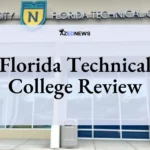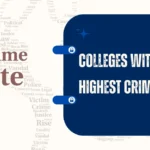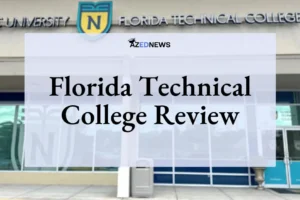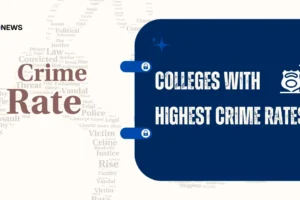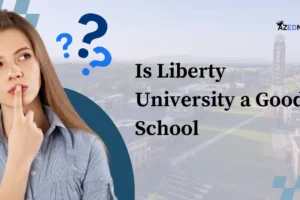Are you looking for health insurance for students over 26? If yes then you are at the right place. When you are going to college, there is more to think...
Are you looking for renters insurance for college students? If yes then you are at the right place. If you are going to college, it is totally normal to feel a...
Are you looking for health insurance for college students with no income? If yes then you are at the right place. When you are in school, getting hurt or sick...
Are you searching Florida Technical College Review? then you are on the right article. Before selecting an academic program at one of the many community...
May is Save Your Tooth Month, an annual celebration of tooth-saving procedures and the endodontists responsible for saving teeth. Nothing looks, feels or...
If you’re a college or university student, Health Insurance for College Students is specifically tailored to provide you with coverage during your...
Are you looking for F1 student health insurance plans? If yes then you are at the right place. Living in the United States can be expensive. It is especially...
Are you looking for Colleges With Highest Crime Rates? then you are on the right article. Going to college in the United States is a dream for many...
The best community colleges in CT provide some of the most affordable and high-quality programs to students. With an average enrollment of over 2,600 students...
Is Liberty University a good school? Liberty University is a popular Christian college in the US. Students love it for its academics, professors, diversity...

